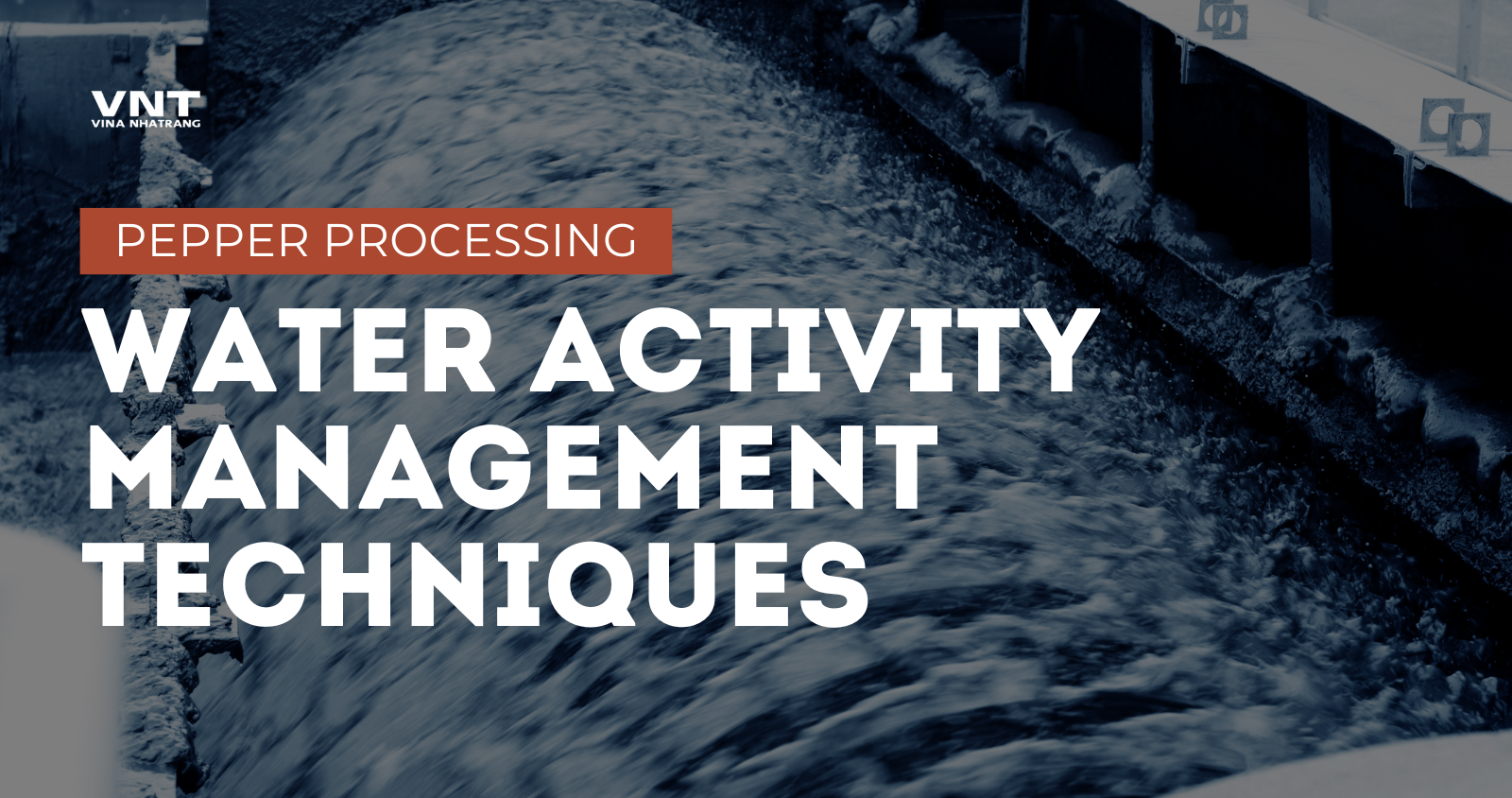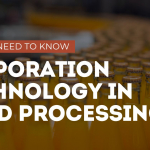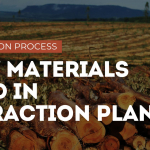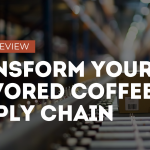Is your pepper processing operation leaving money on the table? The secret weapon you’re overlooking might be invisible—water activity management. Forget outdated moisture control methods—today’s industry leaders are leveraging precision water activity techniques to dominate the market. With a staggering $21.3 billion global spice market on the horizon by 2027, can you afford to fall behind? Imagine slashing rejection rates by 25%, extending shelf life by months, and delivering consistently superior flavor profiles that keep customers coming back. This isn’t fantasy—it’s the competitive reality for processors who’ve mastered the water activity game. Buckle up as we dive into the cutting-edge science, reveal jealously-guarded industry secrets, and hand you the exact blueprint to transform your operations. Whether you’re battling inconsistent quality or watching profits disappear through shortened shelf life, these battle-tested strategies will revolutionize your approach and catapult your products to the premium tier of the market.
Understanding Water Activity: The Hidden Key to Pepper Quality
Water activity (aw) represents the ratio of water vapor pressure in a product to the vapor pressure of pure water under the same conditions. Unlike moisture content, which simply measures the total amount of water present, water activity indicates the water available for microbial growth and biochemical reactions. For commercial pepper processors, this distinction is critical.
Peppers typically enter processing facilities with water activity levels between 0.95-0.98, making them highly susceptible to spoilage. The goal of effective processing is to reduce this to below 0.65, the threshold at which most harmful bacteria cannot grow. However, reducing water activity too aggressively can damage essential flavor compounds and diminish the product’s sensory appeal.
7 Essential Water Activity Management Techniques for Commercial Pepper Processing
1. Implement Multi-Stage Drying Protocols
Single-stage drying often creates uneven moisture distribution, leading to quality inconsistencies. Progressive multi-stage drying, where initial stages remove surface moisture at moderate temperatures (130-140°F) followed by slower, lower-temperature phases (110-120°F), results in more uniform water activity reduction. Industry leaders report up to 22% improvement in product consistency using this approach rather than conventional single-stage methods.
2. Optimize Particle Size Standardization
Particle size significantly impacts drying efficiency and final water activity levels. Standardizing grind parameters to achieve uniform particle dimensions creates predictable drying behaviors. Consider implementing inline particle analysis systems to ensure consistency and make real-time adjustments to grinding parameters based on incoming raw material variations.
3. Deploy Advanced Humidity-Controlled Storage
Post-processing equilibration in humidity-controlled environments prevents moisture migration that can lead to microbial hotspots. Temperature and relative humidity monitoring systems with ±1% accuracy help maintain ideal conditions throughout the entire storage period. Research shows that properly controlled equilibration can extend shelf life by 30-45% compared to standard storage methods.
4. Utilize Hurdle Technology Principles
Rather than relying solely on water activity reduction, integrate complementary preservation methods to create multiple “hurdles” against microbial growth. Combinations of controlled pH (typically 4.2-4.6), natural antimicrobials like rosemary extract, and modified atmosphere packaging can allow for less aggressive drying while maintaining food safety standards.
5. Implement Continuous Monitoring Systems
Batch testing is insufficient for modern processing operations. Continuous, inline water activity monitoring using NIR (Near-Infrared) spectroscopy enables real-time adjustments to processing parameters. These systems detect deviations within 0.02 aw units and trigger automated corrections, significantly reducing product inconsistency and waste.
6. Adopt Climate-Specific Processing Parameters
Ambient conditions significantly impact drying efficiency and final water activity. Leading processors implement climate-adaptive protocols that automatically adjust drying parameters based on incoming air humidity and temperature. This approach has been shown to reduce energy consumption by up to 17% while improving product consistency throughout seasonal changes.
7. Introduce Pulsed Air Technology
Conventional steady-state drying creates moisture gradients within pepper particles. Pulsed air technology, which alternates between high and low airflow periods, allows for moisture equilibration within particles during low-flow phases. This technique reduces case hardening (where outer layers dry too quickly and trap moisture inside) and results in more uniform water activity throughout the product.
Frequently Asked Questions About Commercial Pepper Processing Water Activity Management
How does water activity differ from moisture content?
While moisture content measures the total water in a product by weight, water activity indicates the water available for microbial growth and chemical reactions. Two pepper products can have identical moisture percentages but different water activity levels, resulting in significantly different shelf life and safety profiles.
What is the optimal water activity target for dried pepper products?
Most commercial processors aim for final water activity between 0.45-0.55. This range balances microbial safety (preventing growth of pathogens and spoilage organisms) with retention of flavor compounds and color. Products with aw below 0.40 often exhibit excessive flavor volatilization and color degradation.
How frequently should water activity be tested during processing?
In modern facilities, continuous monitoring is becoming standard. For operations without inline systems, testing should occur at a minimum of three critical control points: post-harvest receiving, mid-drying, and final product. Each batch should be verified before packaging, with statistically significant sampling protocols based on batch size.
What environmental factors most impact water activity management?
Ambient relative humidity, temperature fluctuations, and seasonal variations in incoming raw material moisture content are the most significant factors. Facilities in regions with relative humidity above 65% often require additional dehumidification systems to maintain consistent drying conditions throughout the year.
Can packaging materials affect water activity stability?
Absolutely. High-barrier materials with oxygen and moisture transmission rates below 1 cc/m²/day and 1 g/m²/day, respectively, help maintain stable water activity levels throughout distribution and storage. Improper packaging can result in water activity increases of 0.05-0.10 units during a typical 12-month shelf life.
The Economic Impact of Optimized Water Activity Management
Implementing comprehensive water activity management systems requires investment, but the returns are substantial. Industry data indicates that processors who upgrade from basic to advanced water activity management systems typically see:
- 15-25% reduction in product rejections due to microbial spoilage
- 8-12% improvement in throughput from optimized drying cycles
- 20-30% extension of guaranteed shelf life
- 10-15% reduction in energy costs through more efficient processing
When calculated against annual production volumes, these improvements often deliver ROI within 12-18 months while simultaneously reducing food safety risks and enhancing brand reputation.
Conclusion: The Competitive Advantage of Water Activity Mastery
As market demands for clean-label, high-quality pepper products continue to grow, mastery of water activity management represents a significant competitive advantage. By implementing the seven techniques outlined above, commercial pepper processors can simultaneously improve product quality, extend shelf life, enhance food safety, and optimize operational efficiency. The initial investment in advanced monitoring systems, equipment upgrades, and staff training delivers returns that extend beyond direct cost savings to include brand reputation and market positioning. In an industry where margins are increasingly pressured, water activity management excellence is no longer optional—it’s essential for sustained success.




